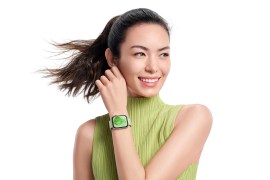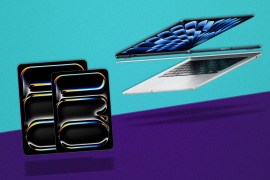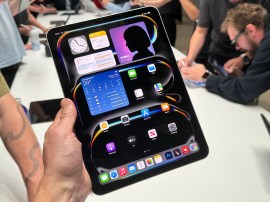6 reasons why the Fitbit Charge 3 is the ultimate fitness tracker
UPDATED: New feature comes to the Fitbit Charge 3 which tracks oxygen in blood while you're sleeping
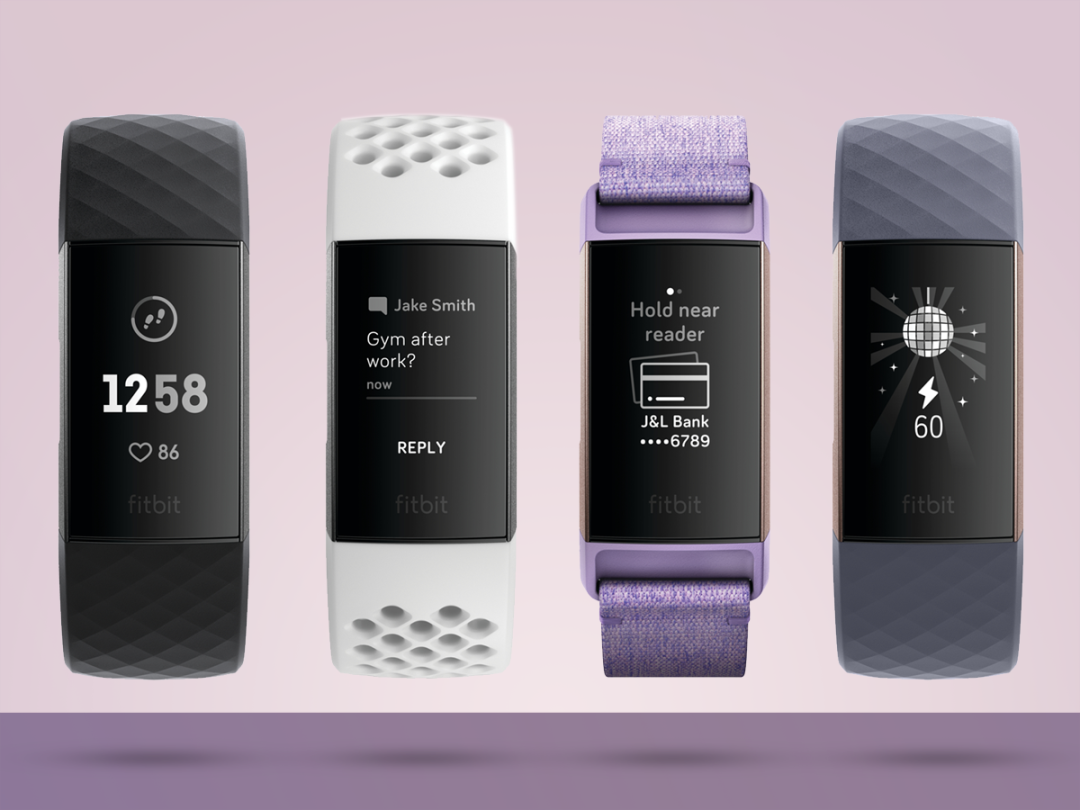
Fitbit has a wide assortment of wearables on offer, and the company has been tending more and more towards larger smartwatches of late.
That’s half-true with the Fitbit Charge 3. The new version builds upon the popular design of the Charge 2, keeping a slim profile without feeling like a full-fledged watch, yet it bundles in a lot more features and functionality than before. It’s like the middle step between a simple fitness band and a proper smartwatch, at a halfway price to boot.
Eyeing an upgrade from an older Fitbit, or thinking you need something slimmer than a bulky smartwatch? These are the most notable improvements on the Fitbit Charge 3.
1) An added touch
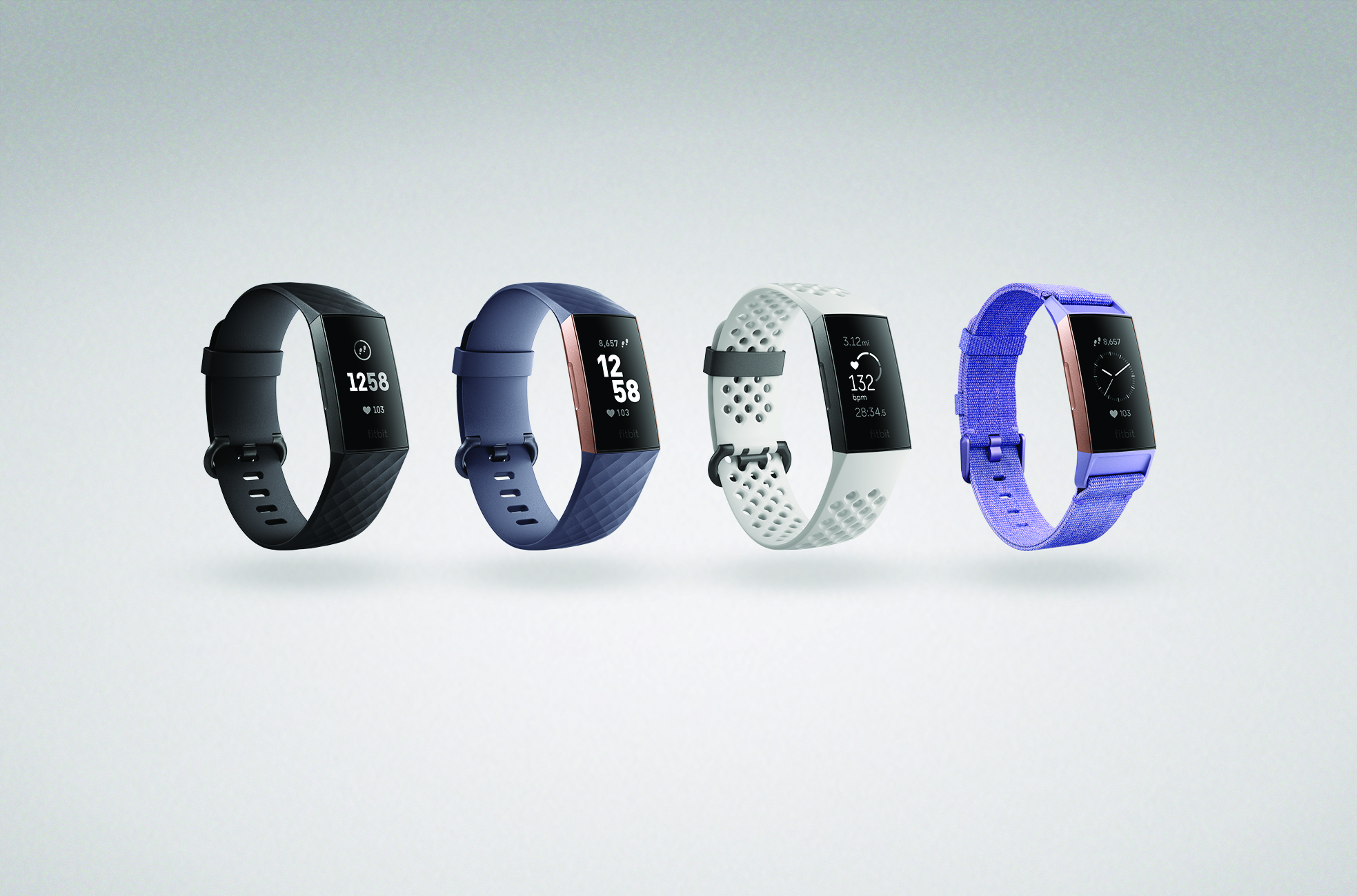
The Fitbit Charge 3 blurs the line between smartwatch and fitness tracker by bringing in a proper touchscreen this time around, letting you swipe through menus and get around with ease. That’ll make it easy to swap between different fitness modes, but that’s not all.
You’ll also be able to check the weather, see your calendar, set alarms and timers, and access a fitness leaderboard, plus Fitbit suggests that third-party apps from select partners are also on the horizon. We probably won’t see a full-fledged App Store-like push, but there could be some helpful additions in the mix.
2) It keeps you in the loop
The Charge 3 then blurs that line even further by pulling in notifications and interactions with your phone, adding a level of smartwatch-like capability to a simpler, cheaper fitness tracker.
It’ll show text messages and app notifications on your wrist, plus you can accept and reject calls. Android users can even drop in canned replies to text messages, letting you carry on a conversation without even reaching for your smartphone. That’s handy.
The pricier £150 edition can also handle mobile payments with Fitbit Pay, although the base £130 version leaves out that tech for a slight savings.
3) It’s set for a swim
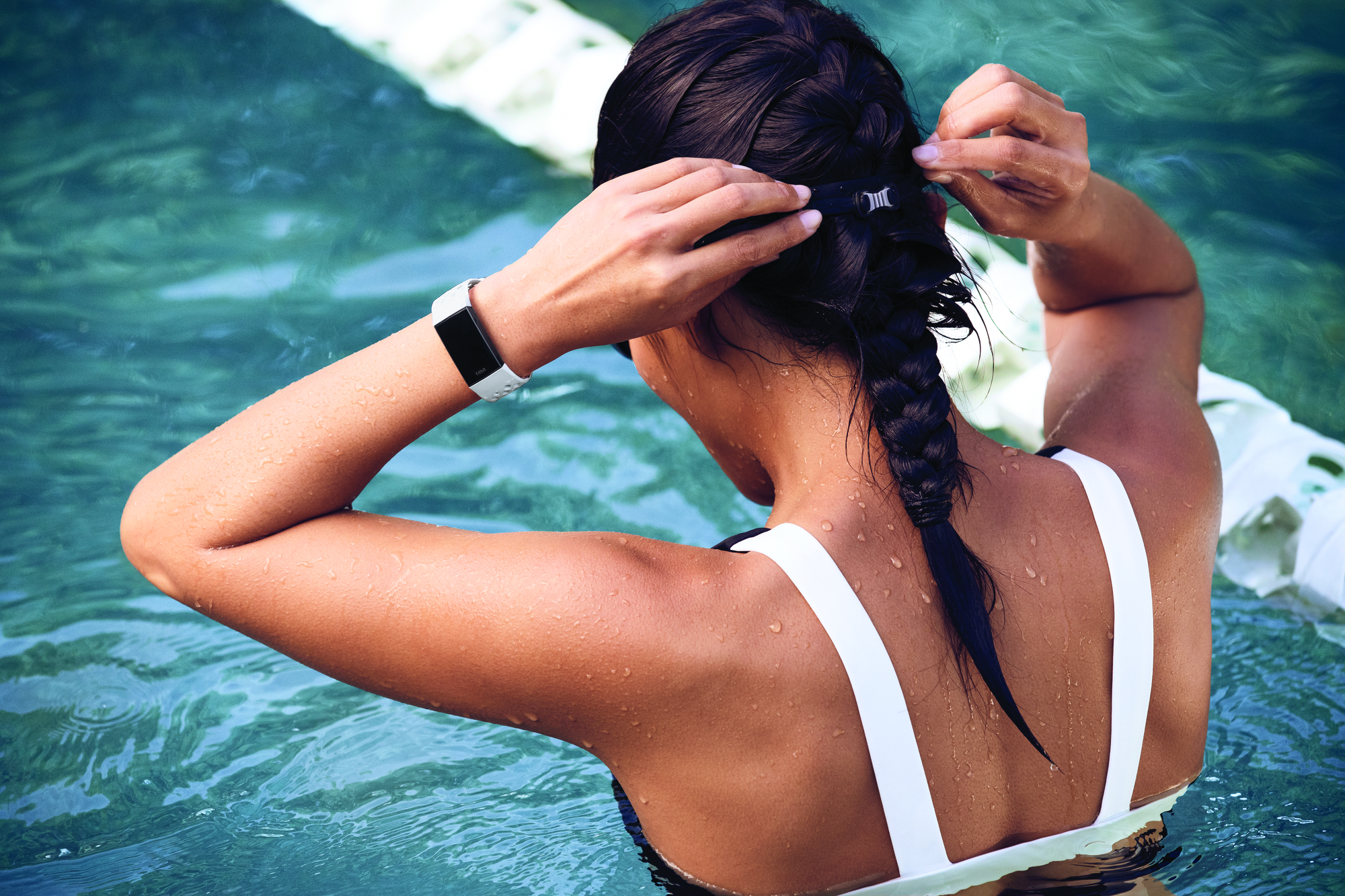
The Charge 2 was splash-proof, which meant it could ward off sweat and rain, but wasn’t built for a swim. Well, the Charge 3 changes all of that: it has proper water resistance for up to 50m, letting you dive in and track your aquatic exercise with ease. You can also keep it on in the shower.
Of course, the Charge 3 is designed as a fitness wearable, so that’s just the start of its tracking talents. It can automatically recognise exercises like runs, swims, and elliptical training, plus it provides goals and real-time stats for more than 15 exercises.
The Charge 3 doesn’t have its own GPS, but you can pair it with your phone’s GPS to get pace and distance on the screen when you’re outdoors. It’ll also give you Apple Watch-like nudges to get up and move every once in a while, or do some guided breathing here and there.
4) Bigger and brighter
The Charge 3 certainly isn’t as large as Fitbit’s Versa or Ionic, but Fitbit managed to pack a larger and much-improved display onto the body. The OLED display is 40% larger than before, plus it’s brighter and features greyscale text and graphics in addition to the usual black and white.
Gorilla Glass should keep it well-protected across your myriad adventures, yet the Charge 3 is thinner than its predecessor and looks to be even more comfortable. It also uses aluminum for the body instead of stainless steel, giving it a little bit higher-end allure.
Also Read › Which Fitbit should you buy?
5) It lasts longer too
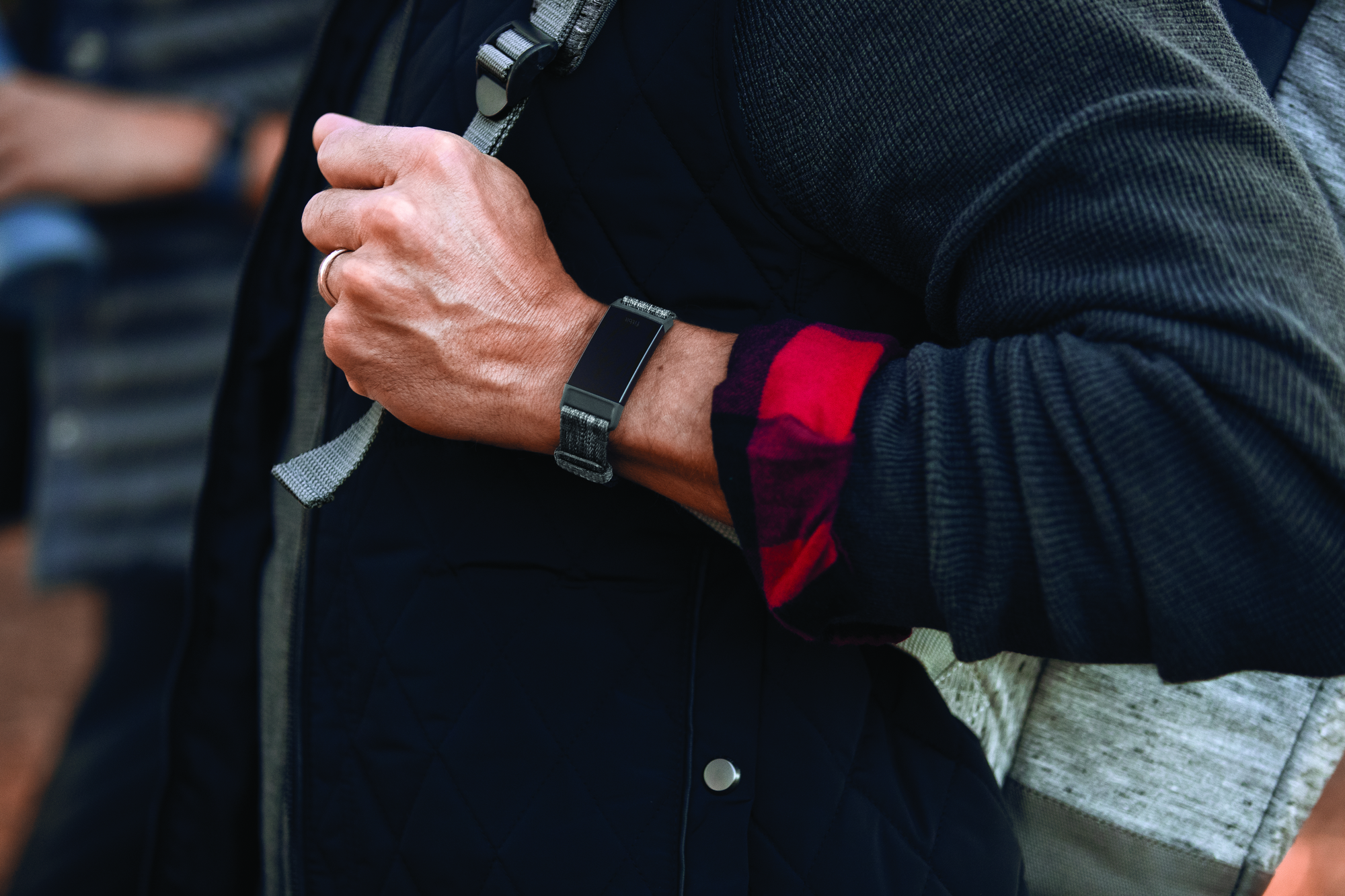
The five-day battery life of the Fitbit Charge 2 was pretty great, but we’re hardly going to argue with more. Fitbit has managed to pack the Charge 3 with seven days of uptime, meaning you should be able to go a full week between charges.
We’ll see how true that is once we put the Charge 3 through its paces, but given the myriad improvements in the mix here – and the correct uptime targets on the Charge 2 – we have to believe that it’ll be pretty spot-on.
The Fitbit Charge 3 come with a wide array of different band options to let you add your own personal style to the mix.
6) It can measure breathing irregularity during sleep
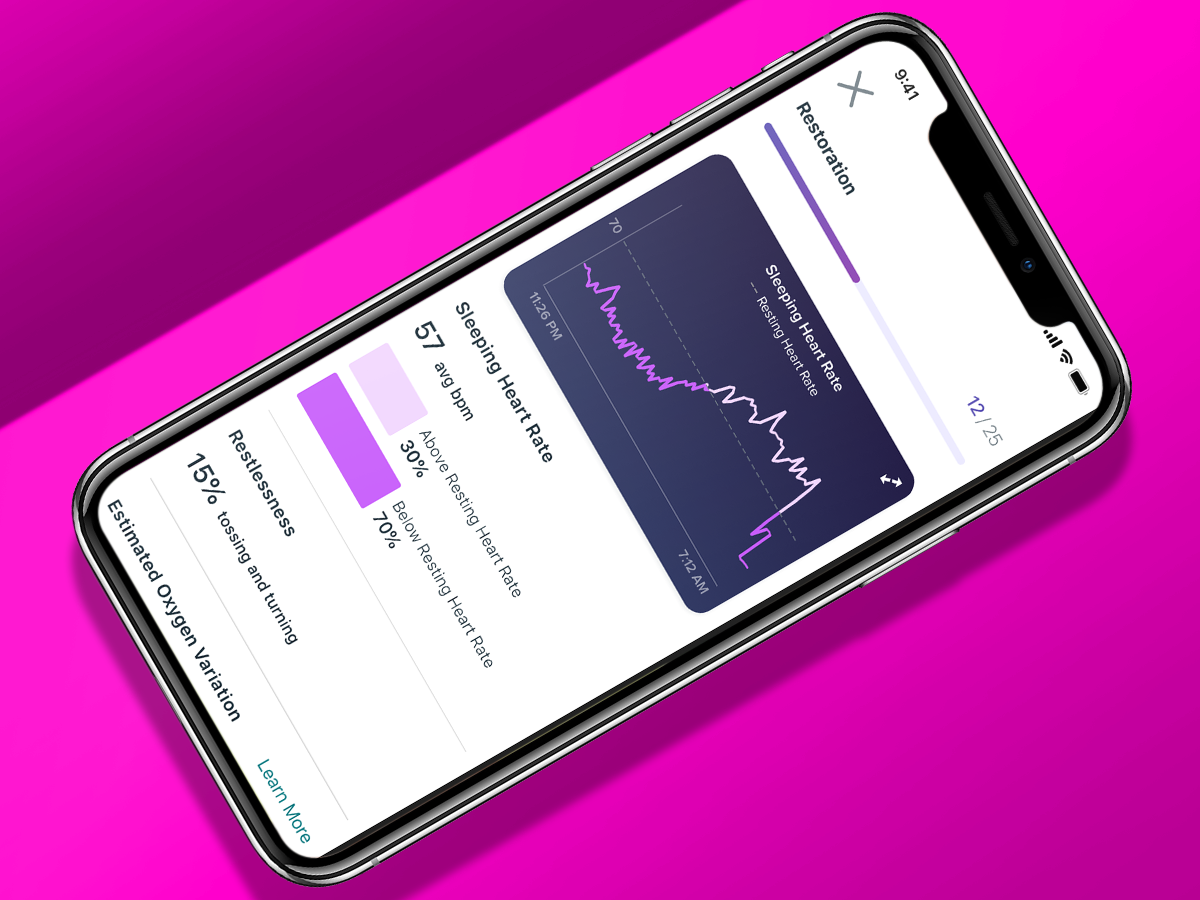
This oxygen variation graph is created using infrared sensors to estimate blood oxygen saturation level while you sleep.
Put simply that’s the percentage of your blood that’s saturated with oxygen, and that’s typically around 95-100%. If you have any disruptions to your breathing, the level of oxygen can drop and could be a sign of breathing issues during sleep.
This can flag health issues and provide useful data – it’s not to replace your doctor, and rest assured, is not in any way associated with Dracula or any of his cronies.

